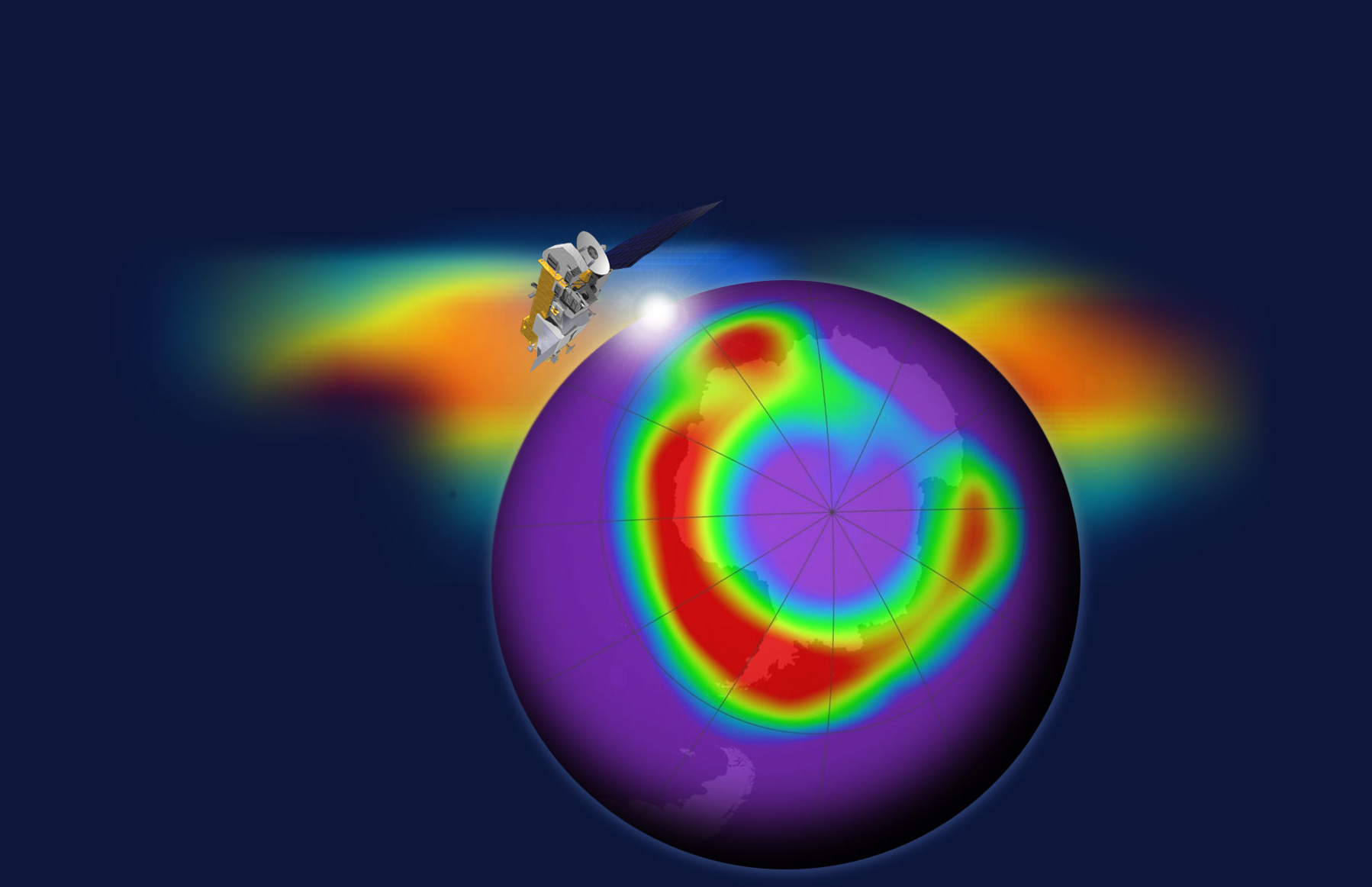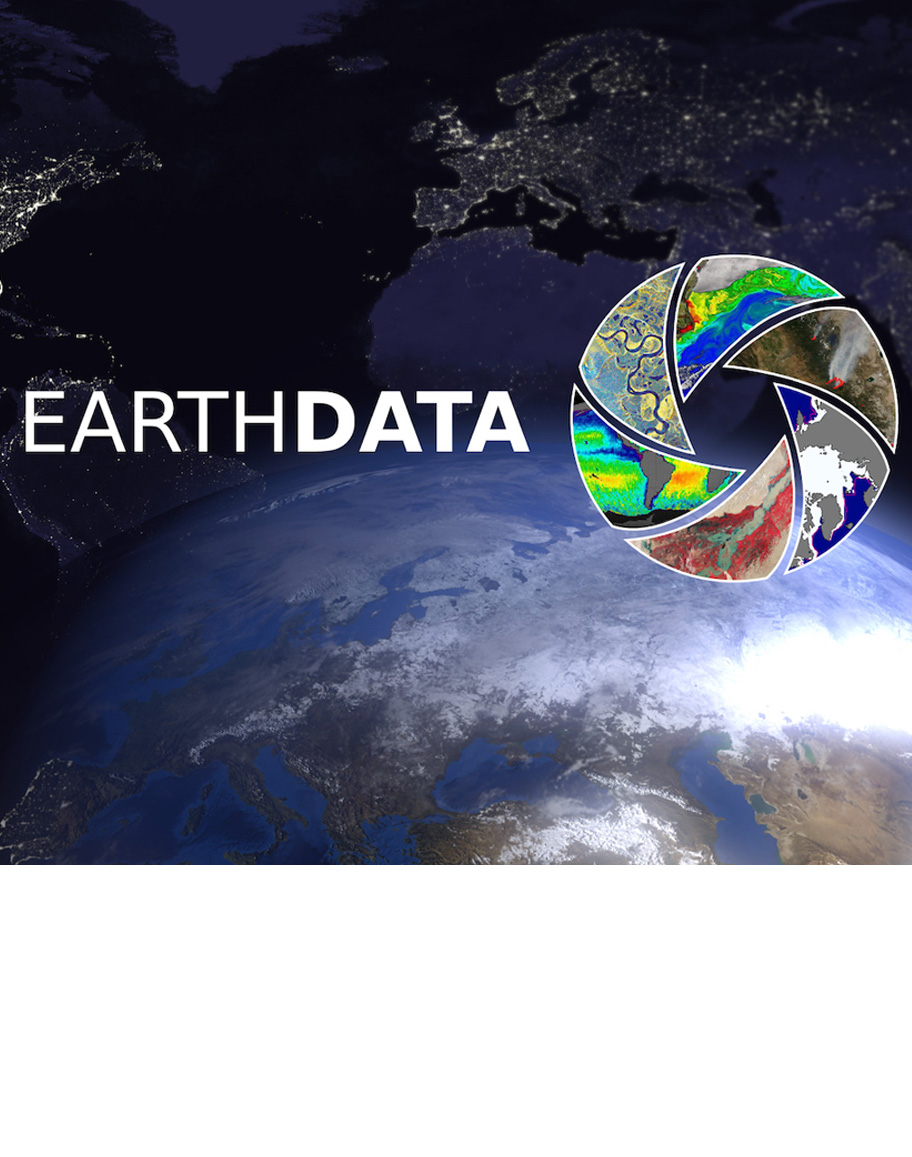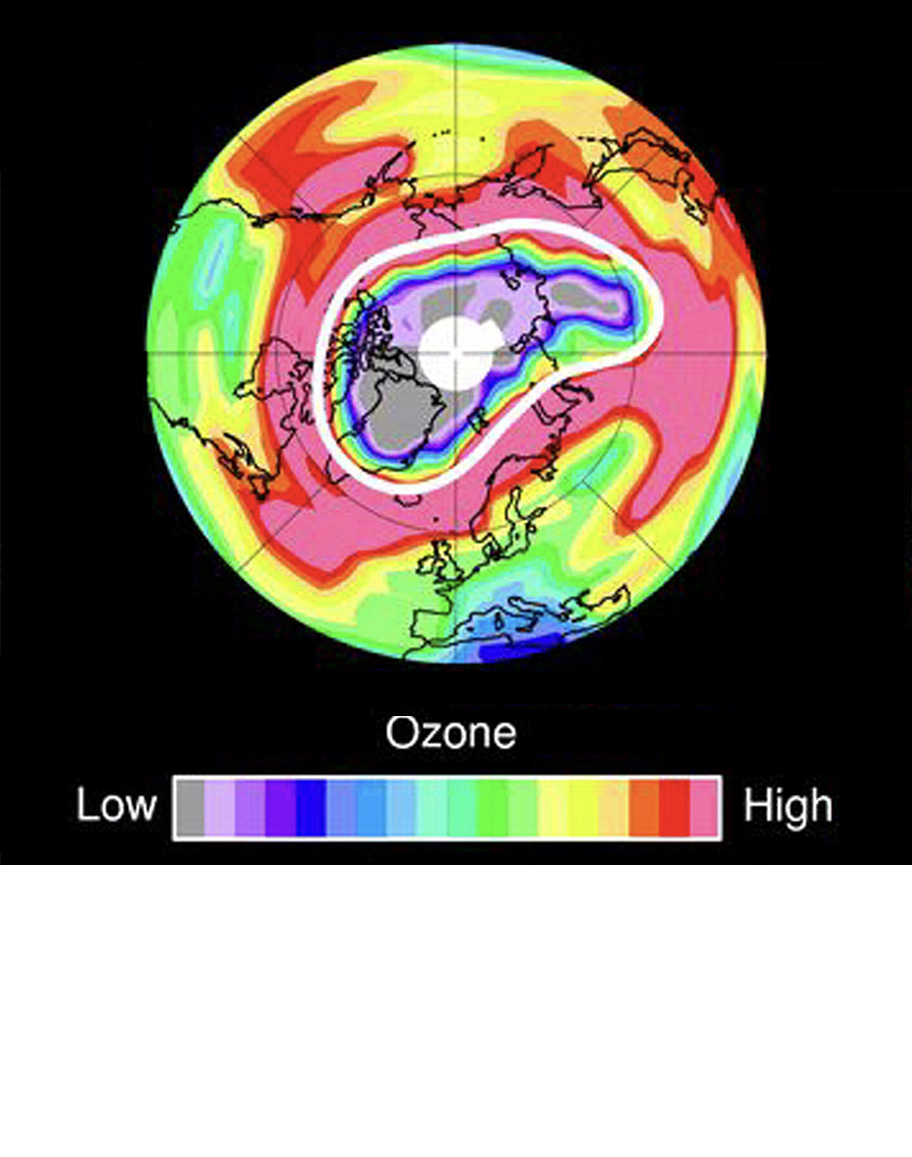The MLS science team plans to "duty cycle" the 190-GHz observations (specifically of H2O, N2O, HCN, and upper stratospheric HNO3) to conserve remaining life for these measurements. The plan going forward is to reactivate the MLS 190-GHz subsystem for around six days each calendar month (plus a partial day for turn on and another for shutdown). As noted previously, depending on how the aging of the 190-GHz receiver progresses, we may lengthen or shorten each activation period by one or two days, but our aim will be to always have these measurements active around the middle of each calendar month. Substantial changes to this plan will be noted in future announcements.
The first of the reactivation periods (May 13-20, 2024) proceeded without issue, and we are on track to reactivate again on June 11, 2024, per the current duty cycle schedule.
In addition to H2O, N2O, HCN, and, for pressures less than 20 hPa, HNO3, which are not measured when the 190-GHz system is off, the MLS cloud products (Ice Water Content, IWC, and Ice Water Path, IWP) are also impacted and should not be used. Unfortunately, the effects on the IWC and IWP products are not properly flagged in the Level 2 data files, an issue that will be addressed in future versions of the MLS dataset.
Finally, note that MLS observations of other species (e.g., O3, HCl, ClO, CO, etc.) are unaffected by this issue.




